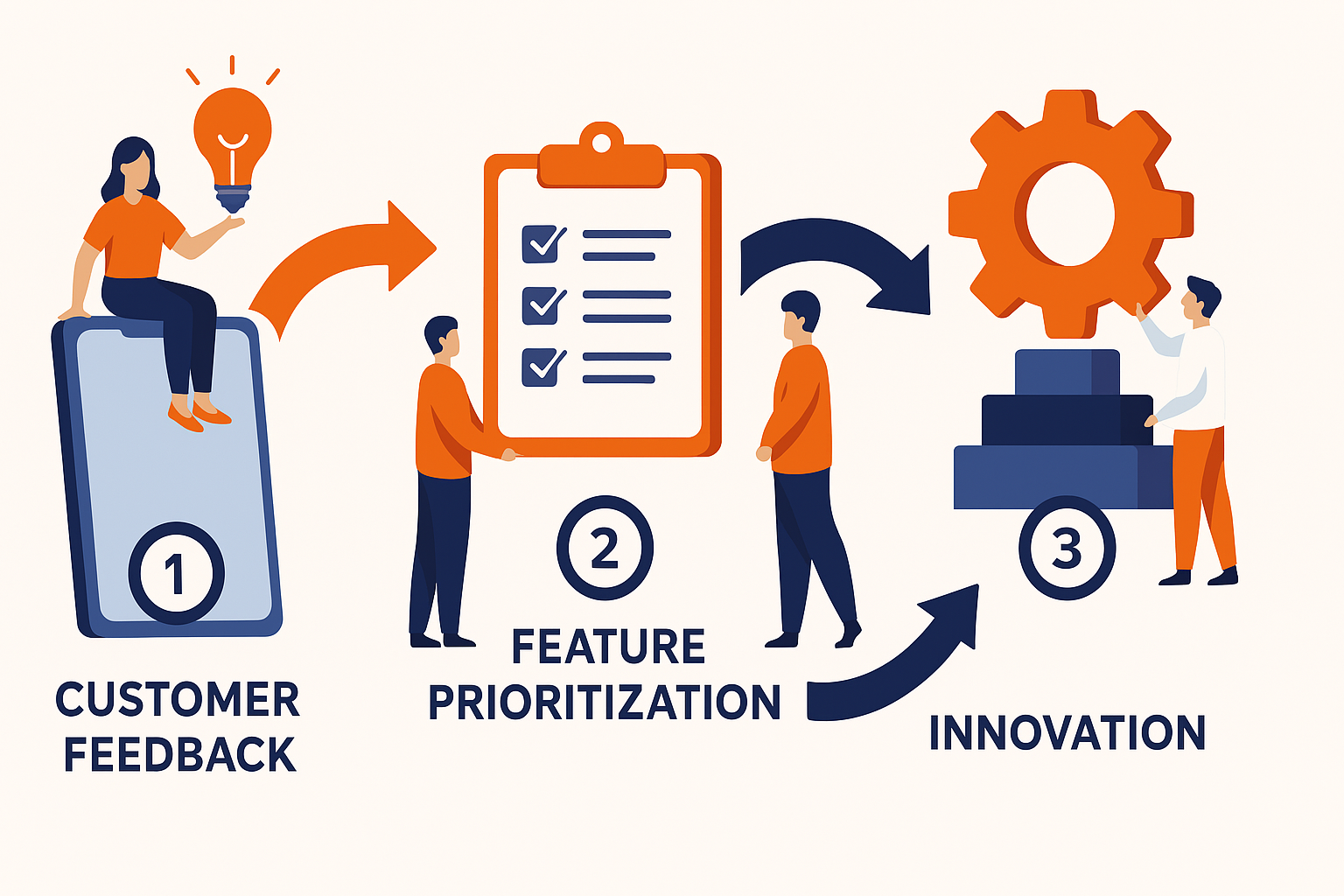As we advance into 2024, the landscape of medical education continues to transform amid evolving healthcare needs and technological innovations. Addressing the challenges of medical education is crucial for cultivating a competent workforce of healthcare professionals equipped to face contemporary healthcare demands. This article targets deans of medical, veterinary, and nursing schools, as well as faculty members and Designated Institutional Officials (DIOs), emphasizing the essential challenges that must be navigated in this dynamic environment.
1. Shift Toward Competency-Based Education
The transition from time-based to competency-based education marks a significant evolution in medical training. This model emphasizes the mastery of specific skills and knowledge necessary for medical practice. However, developing effective assessment methods that accurately reflect student competencies poses a challenge. Medtrics software provides robust tracking and management tools that can assist educators in aligning curriculum with competency benchmarks, ensuring students are adequately prepared for clinical realities.
2. Labor Supply Shortages
The healthcare sector is currently facing significant labor supply shortages, impacting educational institutions' ability to nurture a sufficient number of qualified professionals. Strategies such as reassessing recruitment pathways and enhancing training programs can help address these shortages. Institutions must adopt innovative methods to attract and retain students, ensuring a continuous workforce.
3. Financial Pressures on Educational Institutions
The financial landscape for medical education is increasingly challenging, characterized by rising operational costs and fluctuating funding sources. Educational institutions are compelled to find creative solutions to budget constraints while preserving high-quality education. Implementing cost-effective programs and reallocating resources wisely are crucial strategies to maintain educational standards.
4. Increased Demand for Healthcare Services
Demographic changes and the ongoing aftermath of the COVID-19 pandemic have escalated the demand for healthcare services. Medical education must adapt curricula to prepare students for the complexities of real-world healthcare challenges. This includes integrating training focused on efficient patient management and evidence-based practices to ensure graduates can meet increasing healthcare demands effectively.
5. Adapting to Technological Advancements
The integration of advanced technologies such as virtual reality (VR), augmented reality (AR), and artificial intelligence (AI) is transforming medical education. While these innovations enhance learning experiences, educators face challenges in incorporating them meaningfully into existing curricula. Ongoing faculty training and support are crucial for maximizing the potential of these tools, with Medtrics software facilitating effective integration and management of educational technology.
6. Interprofessional Education
Promoting interprofessional education (IPE) is vital for fostering collaboration among various healthcare disciplines. Teaching students to work in teams to provide patient-centered care presents curricular and logistical challenges. Institutions must develop innovative teaching methodologies and collaborative learning environments that encourage teamwork and communication across health professions.
7. Emphasis on Health Equity
Incorporating principles of health equity and social determinants of health into medical training is essential for preparing students to address healthcare disparities. Educational institutions need to revise curricula that instill the importance of diversity, inclusion, and community engagement. Creating partnerships with local communities provides students with practical experiences that enrich their educational journey.
8. Mental Health and Well-being of Students
Addressing the rising mental health issues among students is increasingly important in medical education. Establishing supportive environments, mentorship programs, and accessible counseling services is critical for enhancing student well-being. Institutions must prioritize mental health resources as part of their commitment to cultivating a healthy educational environment.
9. Regulation and Accreditation Challenges
Medical education is navigating complex regulatory requirements and evolving accreditation standards. Staying compliant while fostering innovative educational practices is a substantial challenge for many institutions. It is essential for medical schools to remain informed about these changes and seek to uphold rigorous educational standards that align with accreditation expectations.
10. Navigating the Transition to Remote Learning
The COVID-19 pandemic accelerated the adoption of remote and hybrid learning models in medical education. While these formats offer flexibility, they also present challenges in maintaining student engagement and educational quality. Best practices for combining traditional and online learning methodologies must be sought to ensure a comprehensive educational experience for students.
Conclusion
The challenges facing medical education departments in 2024 are multifaceted, requiring strategic planning and collaborative efforts among educational leaders. By prioritizing these issues, medical, nursing, and veterinary schools can enhance the quality of education and prepare future healthcare professionals to succeed in an increasingly complex healthcare landscape. Embracing the opportunities for innovation and collaboration will drive the transformation of medical education, ultimately benefiting the healthcare field at large.

.svg)


.jpg)




